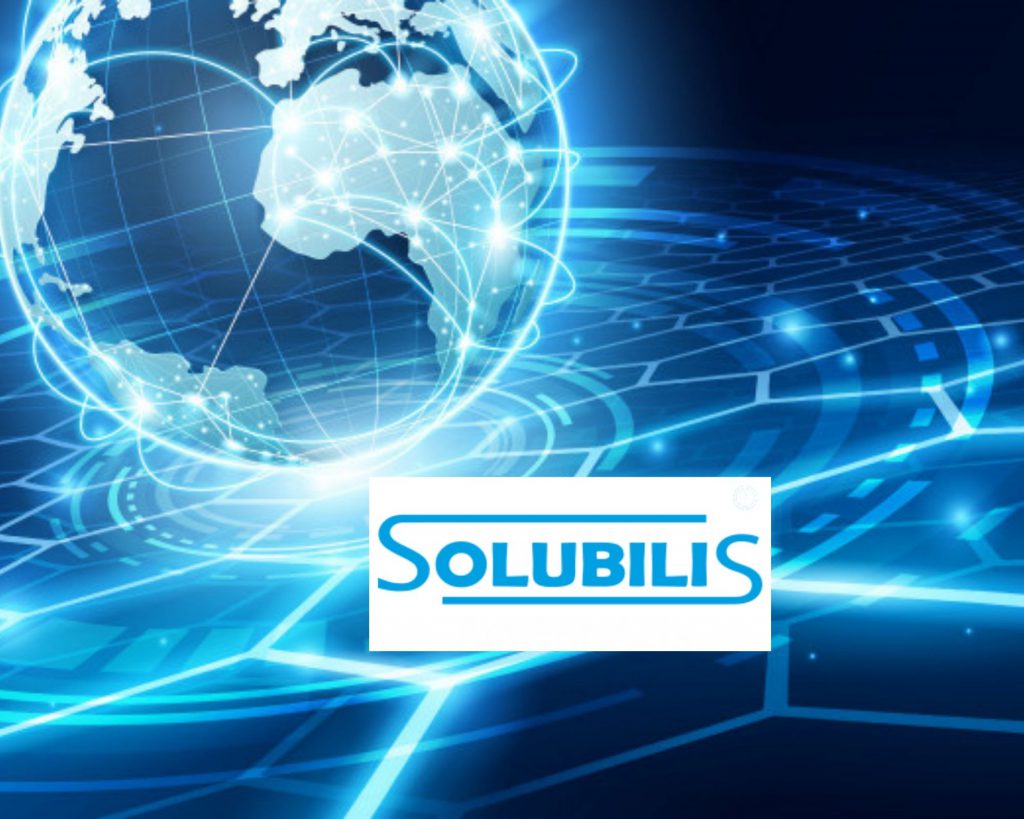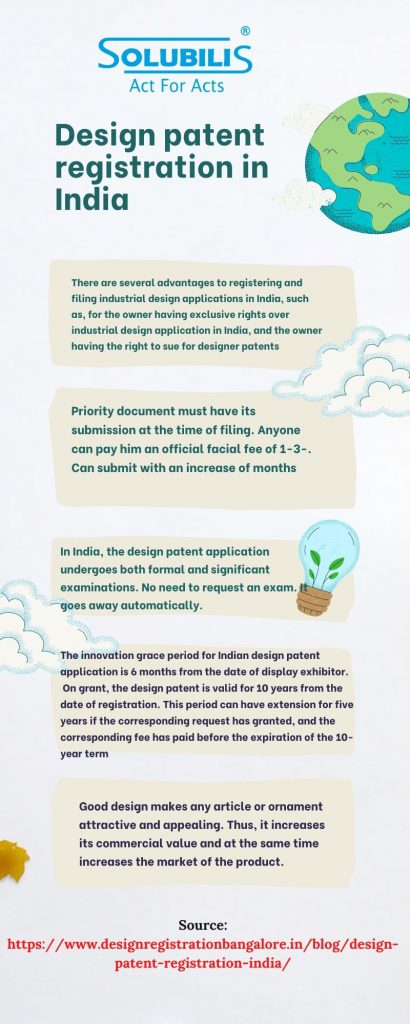TALK TO EXPERTS
Design is the physical characteristic of an article that can have imagined of any size, shape, pattern by the eye and can have in two-dimensional or three-dimensional form. The design patent registration can have application to the article manually or by industrial, mechanical process. But the design does not include a trademark (a trademark serves as an important link between the product and the manufacturer or manufacturer of that product so that the customer can relate), the design does not include the mode or principle of construction. The main focus is on the visual appearance of an aesthetic feature of an article. These designs also bind the government because they bind another ordinary person. Therefore, it is always beneficial to register the design.
Benefits of filing design registration in India
There are several advantages to registering and filing industrial design applications in India, such as, for the owner having exclusive rights over industrial design application in India, and the owner having the right to sue for designer patents, if necessary. Moreover, after the filing and registration have the completion, a certificate of design registration has issued by the Indian Patent Office. After this industrial design becomes an intellectual property, where such registered design can be sold further by the owner of the registered industrial design.
Other intellectual property rights, such as patents, trademarks and the like. Consequently, since design patents or industrial design marketing related intellectual property rights, after the registration process is completed, the popularity of registered industrial design helps to promote the popularity of the business entity that owns the registered design in India.
Good design makes any article or ornament attractive and appealing. Thus, it increases its commercial value and at the same time increases the market of the product. When a design is protected, the author has the right to claim the person or entity that copied or imitated the design. This guarantees that the design of the product is authentic and original and exclusive to its owner.

Registration of design patent application in India
In India, English or Hindi is the official language for design patent registration.
It is important to provide Indian patent provide fees with:
– Application showing full name, nationality, address, address, name of the article for service in India.
– Power of Attorney.
– Representation of design;
– Payment of filing fees.
– Priority documents.
– Class and subclass of items for which registration is sought.
Priority document must have its submission at the time of filing. Anyone can pay him an official facial fee of 1-3-. Can submit with an increase of months. Priority documents must be submitted in English. If it is in another language, then a certified translation with the priority document will be required.
Period of registration of design patent application
Claiming a traditional priority in India is 6 months from the date of priority. This term could not be extended.
Legalization or notarization of POA (Power of Attorney) is not required. It is recommended to provide
POA simultaneously with filing design patent application in India.
Examination
In India, the design patent application undergoes both formal and significant examinations. No need to request an exam. It goes away automatically.

Grace period
The innovation grace period for Indian design patent application is 6 months from the date of display exhibitor.
By law, a declaration is treated as follows:
– Issuance of design patents during or after the exhibition
– Demonstration of design patents in the exhibition
– Exhibition or publication of a directory patent by any person during or after the demonstration without the consent of the proprietor.
Grant
On grant, the design patent is valid for 10 years from the date of registration. This period can have extension for five years if the corresponding request has granted, and the corresponding fee has paid before the expiration of the 10-year term. The grace period of twelve months from the date of termination of registration and the surcharge has application when the renewal fee is not paid properly.
Duration
Registration of a design patent application takes time period of 7 months which depends on simplicity of the design process.
Difference between Design verification and design validation
Although design verification and design validation have very different meanings, it is easy for professionals to misinterpret the use of terms. Here is a refresher to indicate the difference between design verification and validation. This difference is seen from a medical device perspective and to show how everyone has proper usage in the design engineering and development process.
Verification
Verification can happen during different stages of development of the design. Some examples of early verification activities include:
- Comparisons (e.g., comparing standard human features of data to device features)
- Reviews (e.g., evaluating supplier component specifications to design inputs)
- Analysis, inspections, and measurements (e.g., evaluating parts for strength). As the design matures, comprehensive verification test plans should have written to ensure that the design output meets all design inputs. These test plans should:
- Should have pre-approved and show sufficiently detailed test procedures
- Specify the quantity and appropriate samples should have tested (e.g., how sample will be built, different configurations, etc)
- Establish pass/fail criteria before each test begins
- Should have carried out with qualified equipment and objective personnel.
Note that previous test data from other projects may be used as long as it is adequate for the current application.

Validation
Specific formal validation activities should begin after the design transfer on product specifications, design validation planning can begin when the user’s need and desired uses are specified. Typical recognition activities include:
- Analysis of scientific literature related to Scientific
- On comparison of similar devices in the market
- Ability utility testing (e.g., effectiveness and labeling of user interfaces)
- Users Simulated use of the device by users
- Clinical trials (e.g., actual use of the device as per the rule of IDE).
- When design validation, it is important to specify:
- Environment and operating conditions
- Users Types of users (capabilities, skills and knowledge)
- Type of use (real or simulated)
- Initial Use of initial production units (or equivalent).
As with testing, always establish acceptance criteria (subjective or objective) before the tests begin. Finally, remember that final design validation must follow a successful final design verification; It doesn’t come first.
